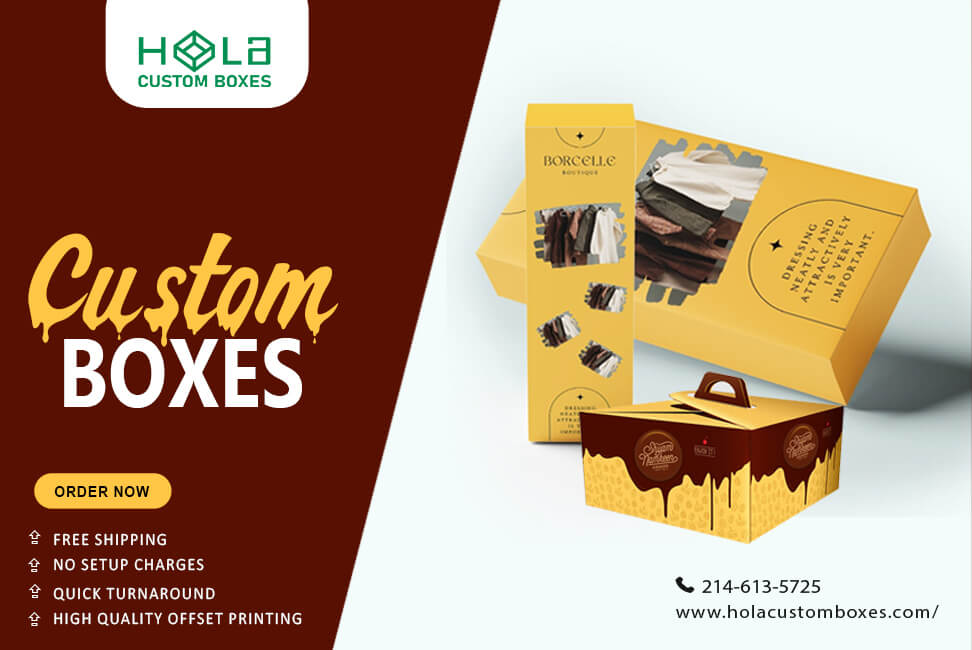The Eco-Friendly Approach: Sustainable Soap Packaging Solutions
2025-08-14 14:11:12
As you navigate the sea of consumer choices, consider anchoring your values in the harbor of sustainability — especially when it comes to soap packaging. You're not just buying a product; you're endorsing a statement about environmental care.
By understanding sustainable packaging, you're taking a step towards a greener planet. Biodegradable materials are no longer a distant dream, as breakthroughs have made them a tangible reality. You've got the power to support recyclable packaging innovations that keep waste out of landfills. With the rise of compostable wraps, you're part of the solution, not the pollution.
And when you choose soap wrapped in eco-friendly designs, you're not just cleansing your body; you're purifying your impact on the earth. Let's dive into the world of sustainable soap packaging solutions that align with your eco-conscious lifestyle.
Key Takeaways
- Sustainable packaging aligns with consumer demand for responsibility in consumption and helps protect the planet.
- Biodegradable materials like mushroom mycelium, seaweed, and plant-based polymers offer robust alternatives to traditional plastics and reduce reliance on fossil fuels and waste in landfills.
- Recyclable packaging innovations, such as post-consumer recycled plastics and cardboard, shape a greener future for soap brands and send a compelling message to eco-savvy customers.
- Compostable wraps made from plant-based materials like cornstarch or mushroom roots reduce landfill waste and align with the importance of closing the loop, nourishing the earth as they decompose.
Cost-Effectiveness of Shipping Insurance
While shipping insurance comes with an added expense, its value lies in the significant protection it offers against potential losses. By covering damages, theft, or lost shipments, insurance ensures that businesses avoid bearing the full cost of unforeseen shipping mishaps, making it a practical and cost-effective safeguard.
Protection Against Financial Risks
Without shipping insurance, any loss or damage during transit can directly impact a business’s bottom line. The relatively small investment in insurance serves as a financial safety net, protecting shipments and providing peace of mind that outweighs the upfront cost.
Biodegradable Soap Packaging Materials Breakthroughs
You'll discover that recent advancements in biodegradable materials are revolutionizing soap packaging, offering robust alternatives to traditional plastics. Innovators are tapping into nature's bounty, using materials like mushroom mycelium, seaweed, and plant-based polymers that break down swiftly and safely in the environment. These breakthroughs are strategic victories for sustainability, reducing reliance on fossil fuels and cutting down waste in landfills.
As you strategize your brand's packaging, consider these eco-conscious options. They're not just kind to the planet; they also resonate with customers who prioritize environmental responsibility. And with technology improving, these biodegradable solutions are becoming more cost-effective and accessible, ensuring you don't have to compromise on quality or your bottom line to do your part for the earth.
Recyclable Soap Packaging Innovations
Building on the strides made with biodegradable materials, let's now explore how recyclable packaging innovations are shaping a greener future for your soap brand. You're not just selling soap; you're selling responsibility and sustainability. That's where the latest in recyclable packaging comes in.
Think minimalist designs with maximum recyclability. We're talking about materials like post-consumer recycled (PCR) plastics and cardboard, which can be reborn into new products. You'll want to align with packaging that's not only easy to recycle but also sourced responsibly. It's about closing the loop—ensuring that the materials you put out there come back around in a new form.
This isn't just good for the planet; it's a compelling message for your eco-savvy customers. Choose wisely, and your brand becomes part of the solution.
The Rise of Compostable Wraps
Transitioning from recyclable materials, let's delve into the world of compostable wraps that are revolutionizing soap packaging with their earth-friendly disposal options. These innovative wraps are made from plant-based materials like cornstarch or mushroom roots, which break down naturally in compost environments.
You're not just choosing a package for your soap; you're supporting a strategy that reduces landfill waste. As an eco-conscious consumer, you understand the importance of closing the loop. Compostable wraps do just that by nourishing the earth as they decompose. You're part of a strategic shift towards sustainability when you opt for these solutions.
Branding With Eco-Package Design
Amidst the shift towards sustainability, you're not only choosing eco-friendly packaging but also crafting a brand identity that resonates with environmentally conscious consumers. Your soap packaging is more than just a container; it's a statement about your brand's values and commitment to the planet.
Consider these elements when designing:
Material Transparency: Clearly identify the sustainable materials used, reassuring customers of your ethical choices.
Minimalist Design: Opt for a clean, uncluttered look that reflects the simplicity and purity of your product, reducing ink and waste.
Storytelling: Use the packaging to tell a story about your brand's journey to sustainability, creating a connection with eco-minded individuals.
Strategically, your eco-package design should communicate trustworthiness and a shared vision for a greener future, setting you apart in the marketplace.
